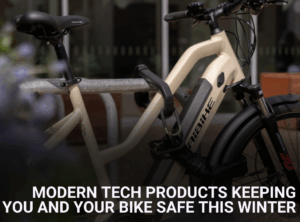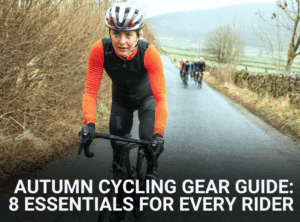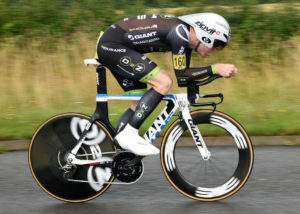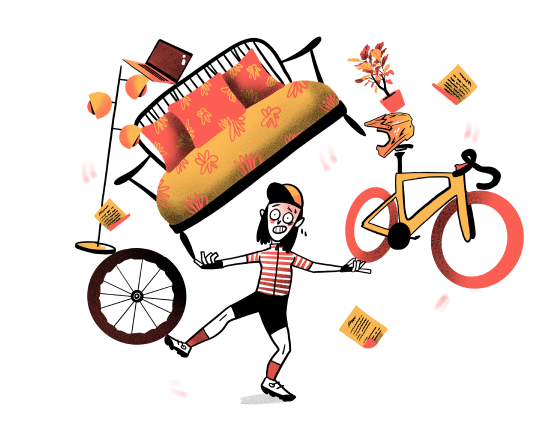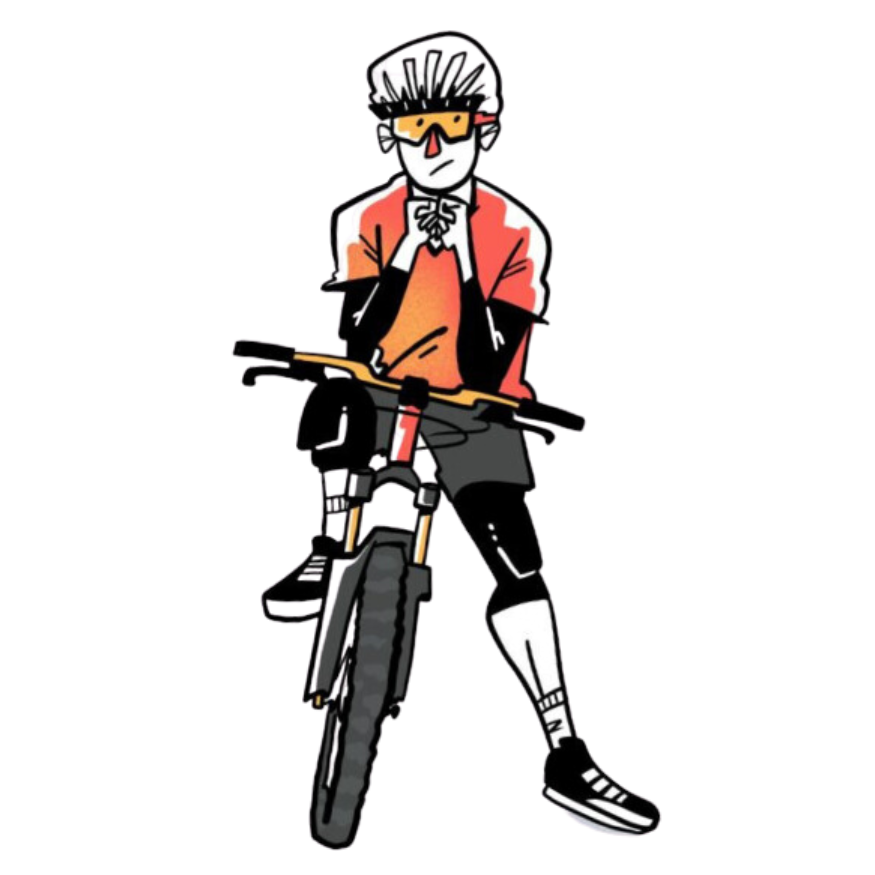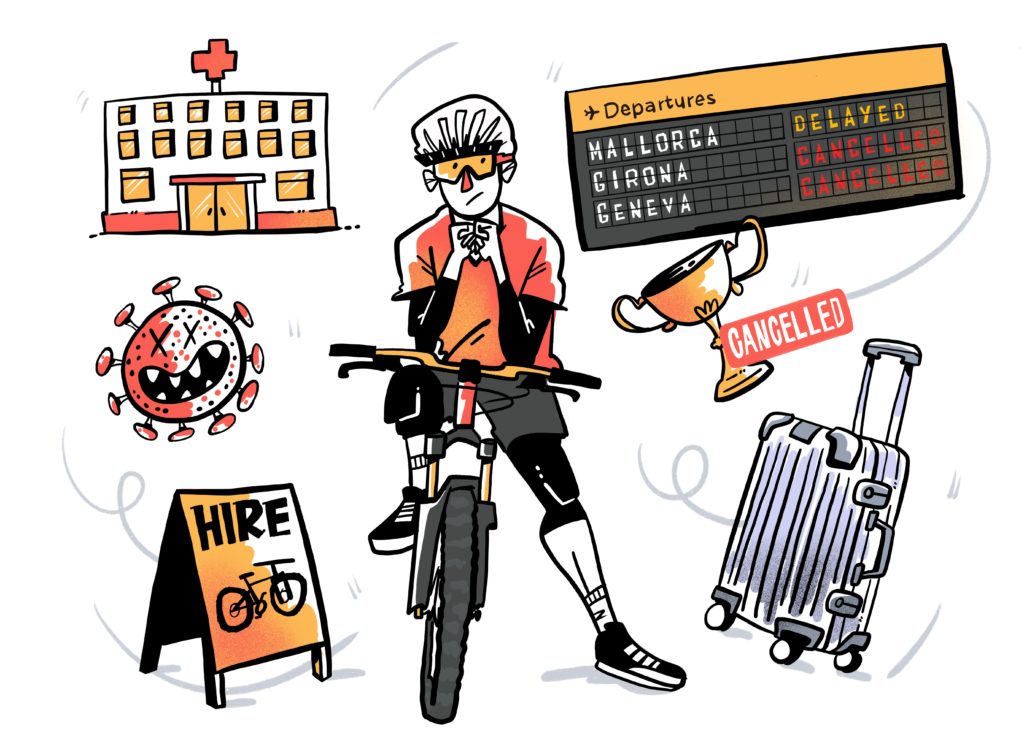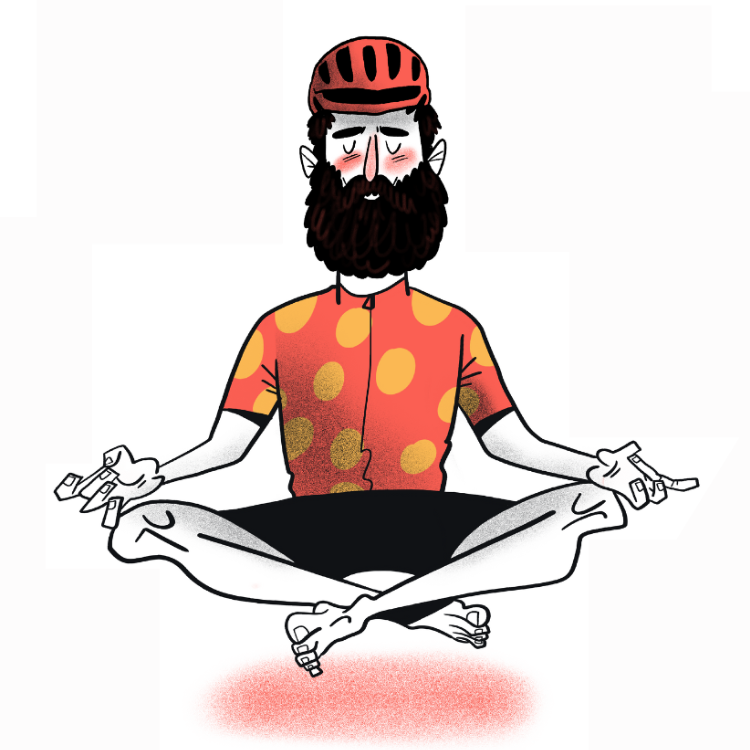Winter is coming, and for many cyclists, that means darker mornings, colder commutes, and unfortunately, the same old worries about bike theft. In fact, public perception of bike crime has shifted in part because of recent policies- Mainly The British Transport Police (BTP) will not actively investigate bikes left at stations for more than two hours or valued under £200. For riders, this means protecting your bike is more important than ever, and thankfully, the right kit and smart habits can help you stay one step ahead of thieves and stay safer on the road.
The good news? With a bit of know-how, modern tech can make your commute safer and your security better. From anti-grinder locks to “Find My” trackers, here’s how to outsmart thieves, reduce your risk, and give your insurer everything they love to see if you ever need to make a claim.
The grinder-proof lock
The Hiplok D1000 has become a bit of a legend in bike-security circles. It looks like a regular D-lock, but it’s built from a composite material called Ferosafe that can resist angle grinders far longer than traditional hardened steel. In tests, even professional reviewers with power tools struggled to cut through it in under 15 minutes..
It carries the Sold Secure Diamond rating, which is as good as it gets. For anyone locking up an expensive bike in public, that’s the kind of rating insurers like to see.
Sure, it’s not light (just over 1.8 kg), and it’s bulkier than your average commuter lock, but if you’re parking in a high-risk area like train stations or shopping centres, it’s worth its weight.
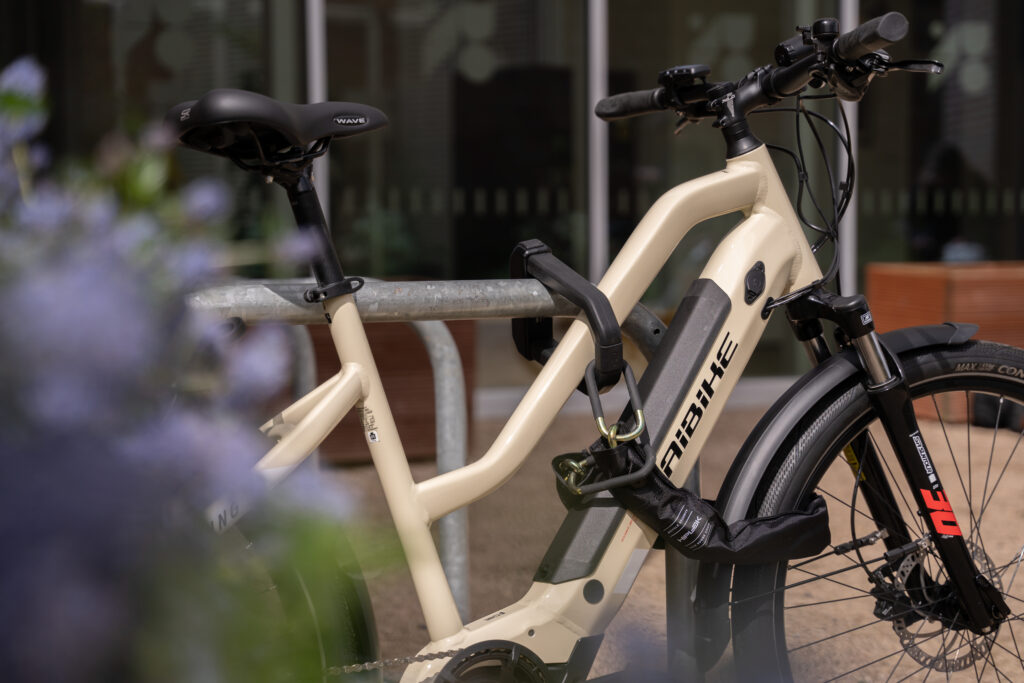
Tracking and alarms
If the D1000 is your muscle, the Knog Scout is your alarm system and tracker rolled into one. It’s a tiny unit that bolts to your bottle-cage mounts and connects to your phone via the Apple Find My network. Move the bike while it’s armed and it’ll scream with an 85 dB alarm and if someone makes off with it, you can track it live from your phone.
Unlike some GPS trackers, the Scout doesn’t rely on a paid subscription. It utilises Apple’s crowdsourced network to ping its location whenever it comes within range of another Apple device. For urban areas, that’s impressively effective. On balance, however, this is also the Knog Scouts’ main pitfall. For those of us who use Android systems, the system won’t be compatible. Fingers crossed for changes in the near future.
The motion alarm adds an extra layer of deterrence-park up, arm it via the app, and any movement will trigger a loud alert. Even if it doesn’t stop a thief entirely, it’ll draw enough attention to make them panic. As an aside, having an AirTag-style tracker when travelling with your bike can be very helpful if your bike doesn’t arrive at your destination.
Behavioural habits
Locking your bike in a well-lit, busy area can really help reduce the chances of theft. Whenever possible, use spots covered by CCTV or areas with regular foot traffic, thieves are less likely to target bikes where they can easily be seen. Avoid leaving your bike unattended overnight in public spaces, and try to vary your parking locations rather than always using the same spot. If possible, avoid train stations!
Smart helmets and watches
Locks and trackers protect your bike , smart helmets protect you.
Brands like Specialized, ABUS, and UNIT 1, have built-in sensors that detect sudden impacts and can alert your chosen contact with your live GPS location. Some even light up automatically or record ride data if you’re hit.
From an insurance point of view, that’s genuinely useful. Having timestamped data about where and when a crash happened can support both claims and police reports. It also shortens emergency response time if you’re riding solo on quieter routes.
If you don’t want to change your helmet, an alternative option worth flagging is the incident‑detection capability available with select Garmin cycling‑computers and wearables and smart phones. When you’re riding, the device monitors for rapid deceleration or impact and if it detects an incident, it can automatically send a text and/or email with your name and the GPS location to your pre‑defined emergency contact(s). That means if you crash and are unable to alert someone yourself, it’s a safety net.

Ultra reflective clothing
I’ll focus on Proviz here as they have pioneered ultra-reflective clothing. Proviz jackets use fully reflective material to make you highly visible at night or in poor light, helping drivers see you sooner and reducing crash risk. They’re waterproof, breathable, and practical for commuting year-round. From an insurance perspective, wearing high‑visibility gear shows you’re taking proactive safety measures, which can support claims if an incident does occur. Pair it with lights and reflective accessories for maximum effect.
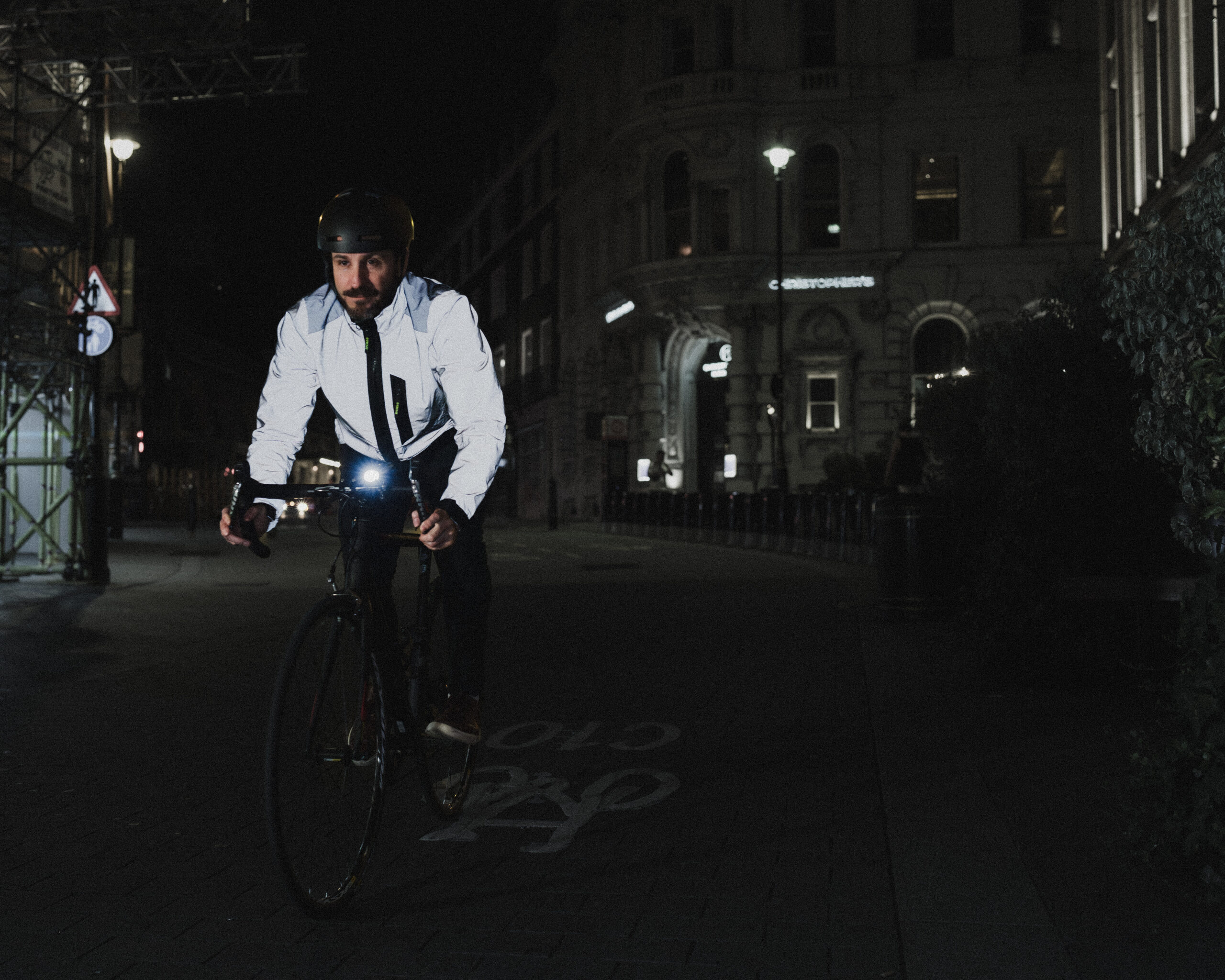
LED pedals
If you’re a fan of clever design, the new Look Keo Vision pedals are a brilliant example of tech meeting practicality. They look and feel like regular performance road pedals, but with one smart difference, built-in LED lights that make your pedalling motion part of your visibility. The lights are visible from up to a kilometre away, and because they move as you ride, drivers spot you far sooner than with a static rear light. With four modes (including day and night flash), around 40 hours of battery life from a quick USB-C charge, and proper waterproofing, they’re a genuinely useful upgrade for winter rides. Anything that helps you be seen from more angles, especially in low light, is a win for both safety and peace of mind. Also available as an SPD flat pedal
As with all of our bicycle insurance policies, always make sure you have receipts for your bike, upgrades, locks and clothing. Without receipts, it’s very difficult for our claims team to pay your claim. To read about the importance of correctly valuing your bike and upgrades, please check out our underinsurance blog here.
We’d love to hear if you have any other safety or security-related tips or tricks. Let us know in the comments. If you’re interested in obtaining a bicycle insurance quote, simply follow the link below or contact our friendly customer service team at 0800 121 4424.


